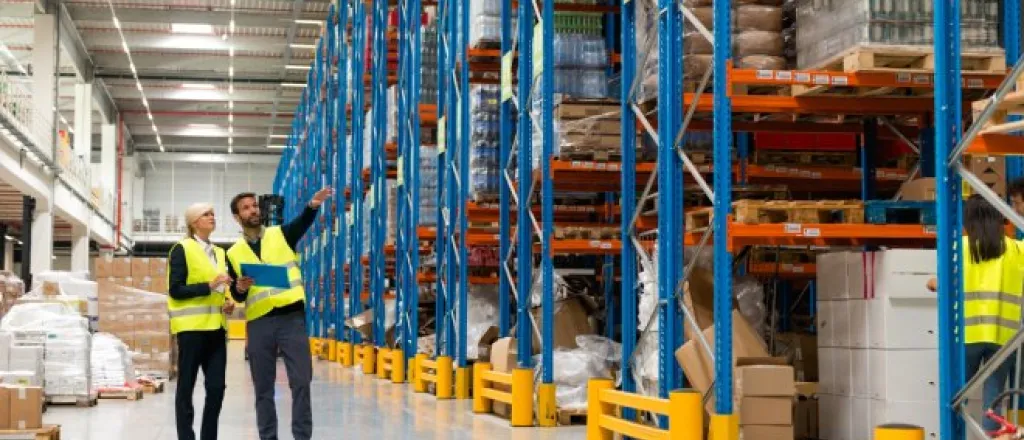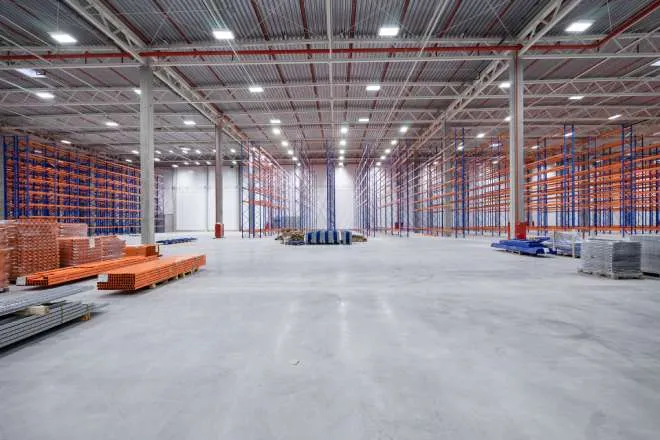
4 Important pallet racking safety considerations
©
Warehouses are dynamic environments where safety is essential, especially when it comes to pallet racking systems. These structures are the backbone of efficient storage and logistics but can become hazardous if improperly maintained or used. Understanding important pallet racking safety considerations can help warehouse workers prevent accidents, protect inventory, and ensure a productive working environment. This guide outlines four essential ways to keep pallet racking safe and operational.
Regular inspections
One of the most effective methods to maintain a safe workspace is conducting regular inspections of pallet racking systems. Over time, racks endure wear and tear from heavy usage, forklift collisions, and environmental factors. Routine checks help identify damaged beams, loose bolts, or other structural issues that could compromise stability. By spotting these problems early, warehouse teams can take corrective action before accidents occur, ensuring the safety of employees and the integrity of stored goods.
Proper loading techniques
Loading pallets may seem like second nature for warehouse workers, but improper techniques are a leading cause of racking system failures. It’s vital to calculate racking load capacity and distribute weight evenly across the racks to prevent tipping or structural collapse. Overloading racks beyond their weight capacity is another common mistake to avoid. Ensuring that you place heavier items on lower levels and lighter items higher up adds further stability. Following these best practices minimizes stress on the racking system, extending its lifespan and reducing the risk of accidents.
Employee training
Safety starts with knowledge. All employees working in the warehouse should receive proper training on how to safely handle and load pallets. This includes understanding weight limits, recognizing potential hazards, and operating equipment like forklifts correctly. When the entire team adheres to safety protocols and procedures, it creates a shared responsibility for maintaining a secure environment. Well-trained staff are not just efficient—they are instrumental in promoting workplace safety.
Maintenance schedules
Even the most robust pallet racking systems require ongoing maintenance to perform optimally. Scheduling regular maintenance ensures that you address small issues before they escalate into major concerns. This includes tightening bolts, replacing bent beams, and conducting load-capacity assessments as needed. A consistent maintenance program improves operational safety and reduces downtime and costs associated with unexpected repairs.
Prioritizing these important pallet racking safety considerations can make a significant difference in creating a secure warehouse environment. By putting safety at the forefront, you protect lives, equipment, and inventory, enabling smoother operations every day.
















